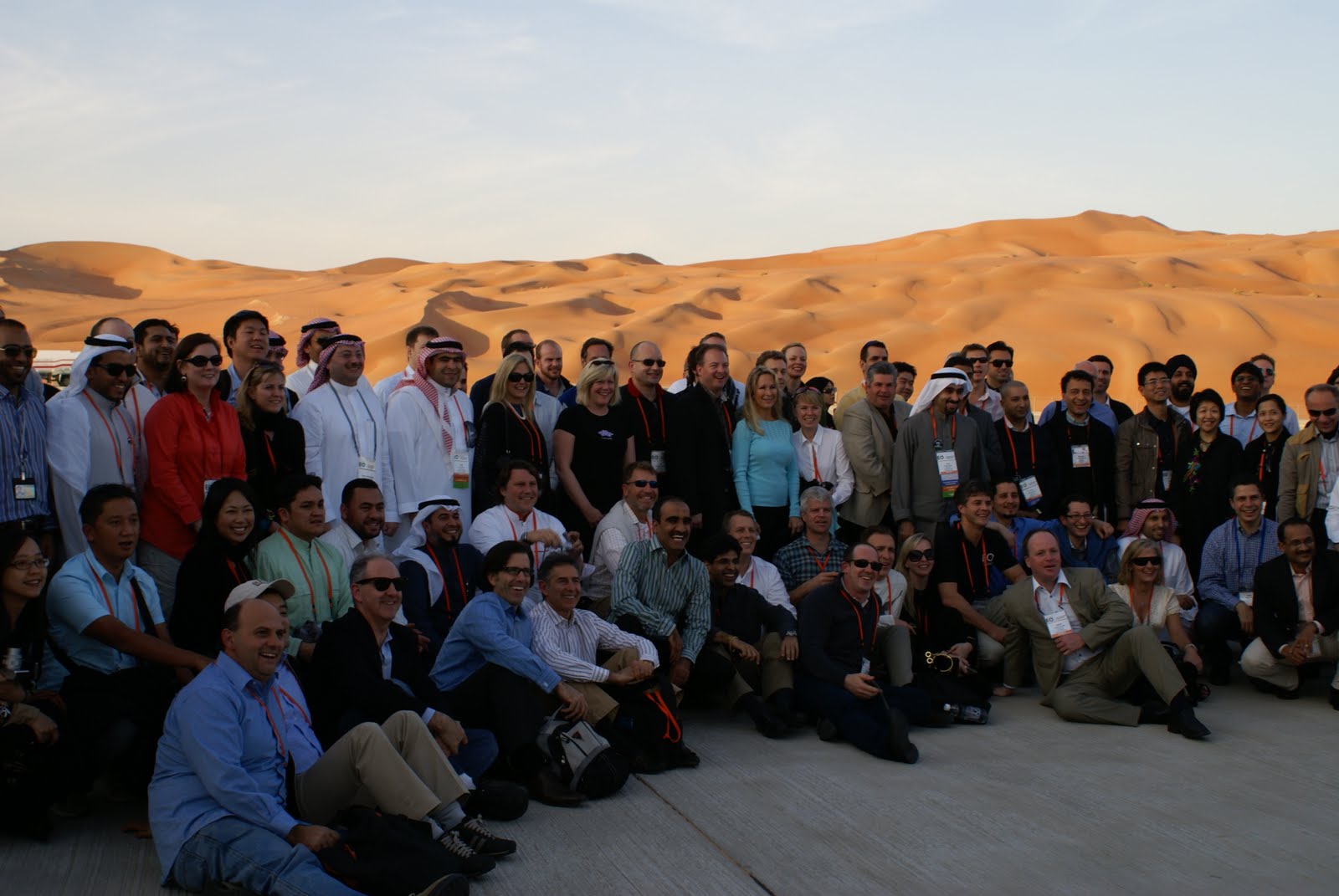Designing Your Life at EO Barcelona
I’ve attended EO Universities for several years now, but this year was unlike any I’ve ever attended. I went for the first time to Barcelona, Spain. The theme of the University was “Design Your Life”. The idea was to focus on what you really want out of life, and what you’re doing to get there. It’s like choosing a personal BHAG – your very own Big Hairy Audacious Goal.
As entrepreneurs, we set goals all the time, but experience has taught me that we tend to view are business goals and life goals as one in the same; that by reaching our business goals we receive all we want out of life. Shouldn’t our businesses really be the means to our personal goals and the life legacies we want to create? This isn’t the case, in that, more often than not we let our businesses consume our lives and distract us from our families, spousal relationships, and our own personal paths.
While there I attended programs on knowing your limits, and designing your personnel life plan. Verne Harnish introduced the personal one page plan, or the ME page. We discussed things like, “How important is money?” and “How much is enough?” Social entrepreneurs were a common topic, as well as finding strength in all the challenges of life and business.
A fellow entrepreneur, Nando Parrado, gave a testimonial on the Miracle in the Andes, his story of surviving 72 days when they knew no one was coming. Nando and one of his Rugby mates inspired us with strength and courage with their fight against the cold and mountains. They hiked over 40 miles of nasty terrain to find help and see the team they left behind get rescued. On a scale of 1 to 10, this story was a 15…and is to be continued in a later blog.
I began working on my own BHAG on this trip, and I made a commitment to create 3 very deep relationships that will help me grown and be a strong resource for me in good and bad times. Keith Farrazzi talks about this in his new book, who’s got your back. Working on personal goals has been eye opening for me and has allowed me to combine my thoughts about my life with the success of my business in a way that brings more meaning and satisfaction to all that I do!
Whether you are just starting out, or you’ve already achieved success in your business, have you thought about the major accomplishments you want above all else in your life? Look at it like this: If you were a big ship leaving behind a wake that rippled through all those you pass by, one day when you looked back at that wake, how do you want to have affected those you’ve passed? How do you want them to remember that wake?
The people (it is always mostly about the people) and the speakers in this beautiful city of Barcelona, caused me to stop and have some serious contemplation about my future.





